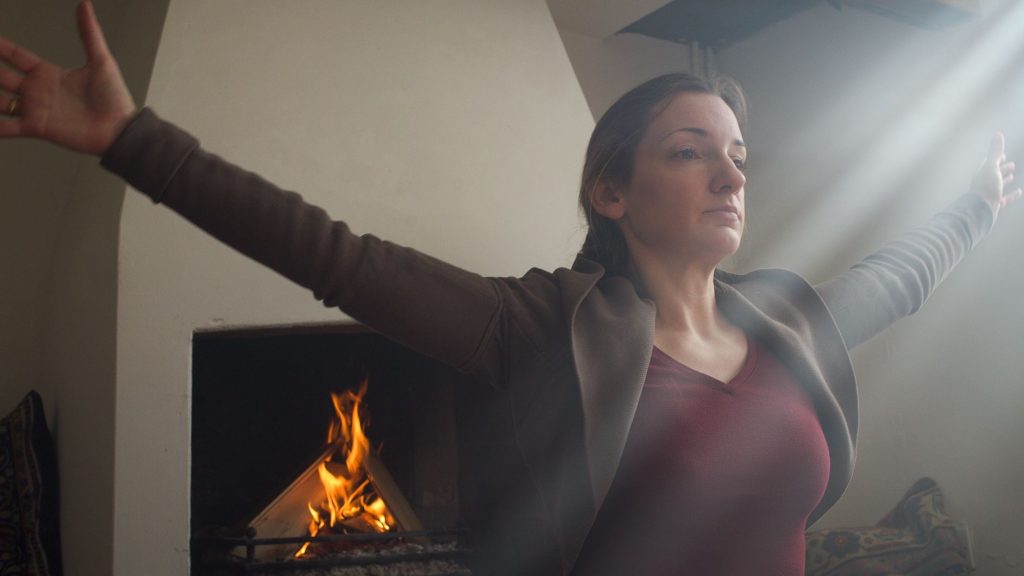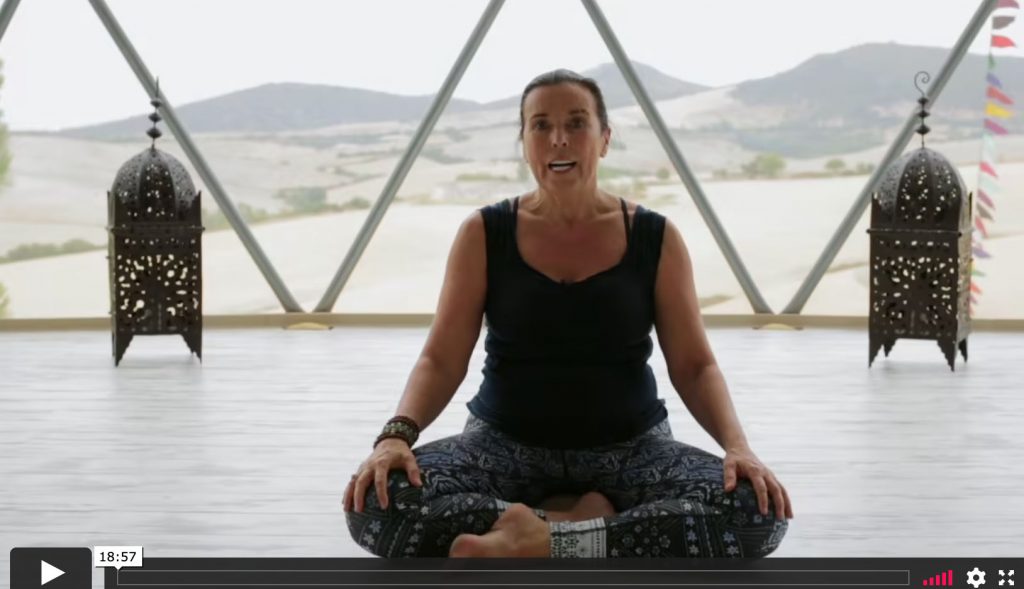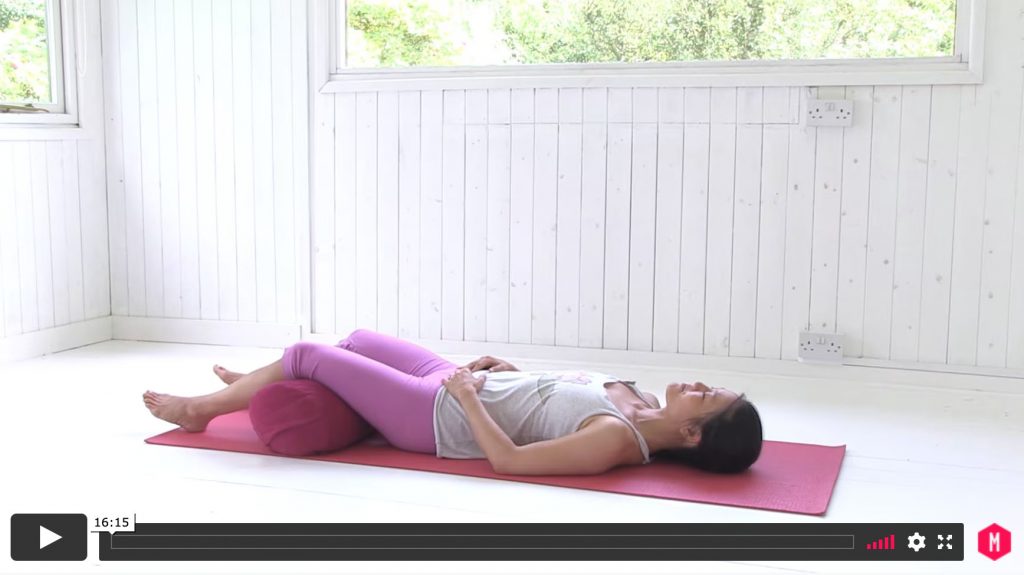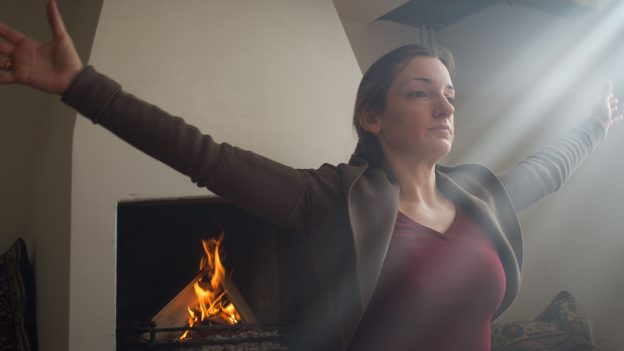
Which breathing exercises are best and what should you be trying right now? In this article we explore 3 breathing exercises which will help your breath to support you.
Breathing exercises are in the spotlight right now. The publication of James Nestor’s book ‘Breath’ in paperback has brought renewed attention to this ancient art, you may have even read about it in our article The Lost Art of Breathing. But it is something that yoga practitioners have known about for a long time.
Pranayama literally translates as ‘breath control’ is the oldest continuing practice detailed amongst all the yoga texts. In the hathapradipika – often seen as the manual of hatha yoga, a steady breath is foregrounded as the key tool for a steady mind.
“When the breath is unsteady, the mind is unsteady. When the breath is steady, the mind is steady and the yogi becomes steady. Therefore one should restrain the breath.”
(Hathapradipka)
There are certainly some extreme breath practices that yogis have attempted but it is striking how many of the practices stand the test of time.
Read more about yoga for stress and anxiety in this complete guide
3 Breathing Exercises
Alternate Nostril Breath
One of the most beneficial breath practices is alternate nostril breathing. James Nestor recounts why this is so effective.
Nestor writes, “Our bodies operate most efficiently in a state of balance, pivoting between action and relaxation, daydreaming and reasoned thought. This balance is influenced by the nasal cycle and may even be controlled by it.” Yoga practitioners have been using alternate nostril breathing to balance their systems for centuries. Alternate nostril breathing is a really wonderful style of breathwork which can be practiced wherever you are. We love it because it really helps to bring the body into a state of balance.
How to practice Alternate Nostril Breathing?
Try this alternate nostril breathing class from Vidya:

A Slow Breath
Did you know slowing your breath helps you relax? And that six breaths per minute is considered optimal? You may know that shallow, rapid breathing causes problems including high blood pressure anxiety and depression. There are all sort of theories about why slowing down your breath helps you to relax and enjoy health benefits. Understanding the mechanics of breathing will help you to breathe better and free yourself from poor breathing habits. Watch this class from Lucy and Ben Parker on the anatomy of breathing.
Currently scientists are theorising that when you take a full breath, one that you really feel, you put pressure on some sensors that gauge the expansion of the lungs. When you exhale, the release of the diaphragm places pressure on sensory receptors close to the heart. Both these receptors feed into the brainstem and the repetitive stimulation leads to slow brain waves which trigger relaxation.

Dan Peppiatt believes that small adjustments make a huge difference. Start by observing your breath. Focused time and attention makes a huge difference to the way you breathe.
One of our most popular courses is Dan Peppiatt’s 10-Day Breath Challenge. It’s a phenomenal course and with the course you’ll really understand the importance of harnessing the power of your breath. Or, just get started with Dan’s class on slowing your breath.
Qigong Breathing
Qigong breathing is easy and combines visualisation with breathing. The most basic practice is to breathe fully into the belly to replenish your stores of energy. In this class from Mimi, you can try two qigong breathing practices.

Read more in Yoga for Stress and Anxiety: A Complete Guide
Start Now
Why not start to learn to harness the power of your breath right now? It’s a practice that is suitable for all people, all abilities, all levels of mobility, and can be practiced anywhere. Whenever you’re feeling anxious, or in need of balance, your breath is there to help you. Learn more in Dan’s Breathwork Course






Great I loved your explationation will love to get involved thank you so so much just what I was looking for
This is great to hear Sarah! Let us know how you get on with the practices 🙂
I used to go to yoga classis years ago.ive had pnemonia 4 tmes .
Sorry to hear this Jill. I hope the breathing exercises have been useful for you and you have found some gentle practices you can do at home.
Thank you for sharing with us and being part of the MFML community.
I will be giving this a try thank you
Great Christopher 🙂 let us know how it goes!
I have COPD, I find it very hard to do these breathing exercises. It draws my attention to my breathing which I struggle with, that makes me more anxious. What’s the answer.
Hey Sandra – I totally understand that drawing your attention to your breath can trigger anxiety. I recommend trying the 10 day breath challenge with Dan Peppiatt – https://movementformodernlife.com/challenge-breath-challenge
He has a gentle approach that takes you very slowly in a way that is catering for anxiety and stress too.
Let me know how you get on?
I have a problem sleeping every night.
Two three in the morning still awake.
Doctor will not prescribe sleeping tablets.
L
Do try these breathing exercises. They may well help. We also have a sleep recovery course and sleep classes, which can help to relax you before bed. Of course, yoga doesn’t fix everything, but can help. Really hope that your situation improves.
Do these help depersonilation
They can definitely help you to connect to yourself and your body because the breath happens within the body. It is a very physical experience breathing and calls you to be present. Again Yoga is not the answer to everything and it may be good to seek further support, but I think you may find the breathing practices very useful.
Good luck!
I have pulmonary Hypertension. In 2010 I had a bi-lobectomy leaving me with1 lobe and now have a oxygen concentrator for when I go out. I need to learn how to breathe properly and gain some improvement to my daily health. Soon I will be going to Pulmonary Rehab. But I am not sure if I will find acute attention. Point me to a good option
Hey Tom, I can’t give specific advice on pulmonary hypertension, but I do hope these three breathing exercises were helpful for you? All the best!